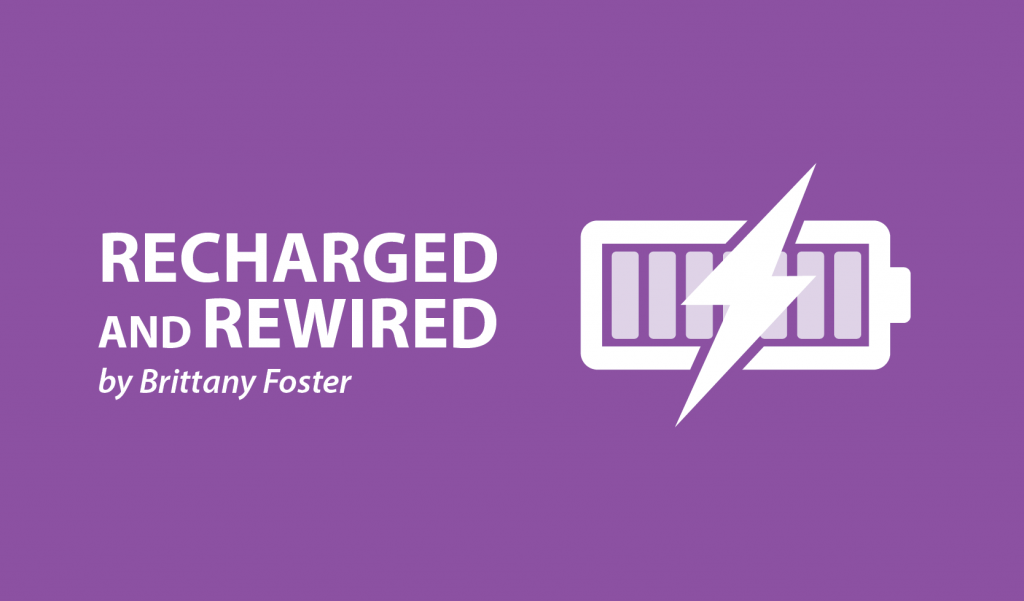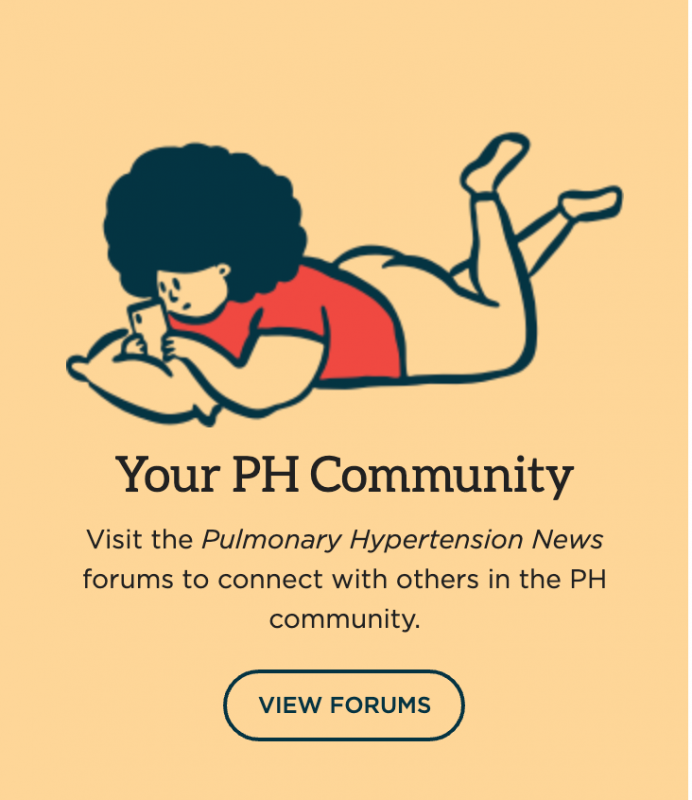Know the Warning Signs that Alert You When Your Oxygen Levels Are Low

“Her face looks a little purple out on the ice. Should you let the coach know? Should she take a break from the game?” This is what was said as family members watched my hockey games when I was younger. My entire life, my face turning a dark purple color was just accepted as how I was. To someone watching me, it looked as if I always needed a break. I turned bright red faster than anyone else, no matter the sport I was playing. Later, we were told that this change in skin color was most likely because of oxygen-level fluctuation, even at a young age.
It wasn’t until I was 12 that I started recognizing that, along with the purple face, I would feel constriction. But I would never wheeze. I would become breathless to the point of having to put my head between my legs as my shift ended on the ice. I had burning in my lungs with running, skating, and any physical activity.
It’s so important to talk about early-warning signs and symptoms to educate others about what to look out for and to educate doctors about how it may have been manifesting. Not only is it crucial to point out symptoms that YOU recognize, but also it’s equally important to get feedback from others about what they may notice when your oxygen levels are low and what to look out for in you. These warning signs may look different for everyone.
Interested in PH research? Check out our forums and join the conversation!
I notice a few signs when my body alerts me that my oxygen levels are low. Some are physically obvious to those who are with me. The outward physical signs I will notice in myself are bluish purple extremities, even when my hands aren’t cold; goose bumps on my body; and shivering, when my skin will become mottled to the point of seeing small vessel-like circles on my arms and lower legs. I catch myself yawning constantly when my oxygen is low. Less outwardly noticeable signs for me are headaches, feeling confused, and a general feeling of being “out of it,” as well as nausea, vertigo and dizziness, seeing black spots in front of my eyes, a ringing and buzzing in my ear, digestive pain that feels like acid reflux, and lower back pain.
Sometimes, someone else needs to point out the physical symptoms and other less noticeable signs. For me, this includes a bluish color to my lips and around my mouth. I also become white around the lips. My family has noticed that I become a pale gray color when I am not feeling well because of lack of oxygen. Unless I was looking in a mirror or taking selfies, I wouldn’t notice these physical signs. They do.
Less noticeable signs pointed out by my family include repeating myself more, taking longer to respond to questions and conversation, becoming easily distracted, and staring off into space. My family finds that when my levels are low, I move at a slower pace and I seem to have overall lack of energy and fatigue (most of the time I recognize this myself).
Recognizing how you are feeling when your oxygen levels are low and educating others about these warning signs are key to eliminating some of the anxiety that goes along with this disease. Sometimes, it may be hard to identify all of the warning signs and symptoms. Those who surround you most likely will be able to tell you things they notice when your levels are low. Start thinking of and writing down some of your physical and less noticeable symptoms that alert you when your levels are low. Ask those with whom you are close for their input about what they may notice as well. When you have collected this information, this is a good way to educate others about your condition. It is extremely important to acknowledge what your body may be telling you.
***
Note: Pulmonary Hypertension News is strictly a news and information website about the disease. It does not provide medical advice, diagnosis, or treatment. This content is not intended to be a substitute for professional medical advice, diagnosis, or treatment. Always seek the advice of your physician or other qualified health provider with any questions you may have regarding a medical condition. Never disregard professional medical advice or delay in seeking it because of something you have read on this website. The opinions expressed in this column are not those of Pulmonary Hypertension News or its parent company, Bionews Services, and are intended to spark discussion about issues pertaining to pulmonary hypertension.









Dori H.
Thank you for this article. I have displayed many of these symptoms for years and did not connect them to low oxygen. I plan to share this with my family.
Brittany Foster
Thank you for reading. I'm sure everyone has their own warning signs but I'm glad reading this helps you make some important connections. Definitely something for family members to be aware of as well!
Andrea Rice
I don't know what the signs are 4 myself about low oxygen levels because I don't have that much 2 begin with. When I'm up and about walking around I notice my energy lacking and I have 2 stop and rest. When I wheeze, or gasping 4 air I used 2 reach 4 my inhaler. Don't have a real desire 2 do so now. I feel really good when I spend days resting more than doing anything. Can't work anymore because of a severe car accident and PTSD from years ago. I was told I can't be around children teaching with PTSD. Just walking around the 400 square feet efficiency apartment wears me out. I want 1 of those tiny homes 200-250 square feet I'll be able 2 manage on my own much better. Just recently had my breathing tests done and I'm in pretty bad shape. My oxygen level is 40% and my lung function is 29%. But I've always had issues with breathing. The worst is when I get heart palpatations, the worst was 20 minutes long and I really thought I was gonna pass out. Not a comfortable feeling, I will reach 4 an ice pack 2 place over my heart and in a few seconds I start 2 feel better. I used 2 think this is what my life is suppose 2 be. I never thought it could be different.
Anybody else out there surprised there life is different from what they thought it was?
Thanks for listening.
Bill habiger
I am 75 and have had PAH for about eight years and therefore have difficulty keeping my oxygen level up. I try to keep it at or above 90, but the only way I know if it is low is by using a oximeter. I have four of them and can therefore check my level at any time of the day. I feel the same when my oxygen level is at 80 or 90. I find that it helps to maintain good posture and that it tends to be higher in the morning and taper off toward evening. It seams like the lungs get tired out just like the rest of the body. It also appears to drop off when laying in bed flat on my back.
Anthony Baade
This was very good for me knowing what others are going through. I feel I am not alone. Alternative ways of breathing via stomach and/or diaphragm helps to get the most of the air in my lungs. Meditation is helpful. Exercise in the morning rest more in the afternoon (toughest part of the day for me). Carrying my emergency inhaler, and oxygen, along with a friend where ever I go.